Explaining Eclipses for Little Kids

There are so many activities for the eclipse out there, but a lot of them can be targeted to the older age crowd. I combed through all the SEAL Eclipse Expert Resources and tried to find the best ones for the younger, story time age crowd 0-5 years old.
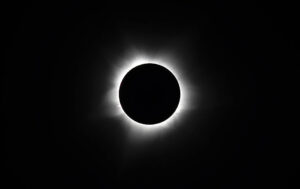
The Big Sun, Small Moon? Activity from Lawrence Hall of Science uses simple language and visual examples to show how the moon comes close to covering the entire sun. This activity could be done from the front of the room in a story time. Another visual representation is using two people’s thumb and body to represent the sun and earth as explained in this exercise.
Speaking of simple language, The Scigames website provides small handouts that can be helpful for parents to read to their children while explaining the eclipse.
Little kids love using chalk, so making eclipse chalk art is a great way for toddlers to create and visualize their own eclipses. Shadows and tracing is also a hit with my toddlers and this shadow tracing activity can be done outside while waiting for an eclipse.
A fun craft that might help kids understand sun exposure is the UV Kid, where children use common craft materials and ultraviolet (UV) sensitive beads to construct a person, or figure, or animal, or imaginary creature.
Another idea is to make a 3D model of an eclipse that you can have children take a look at, or have them create their own paper model.
For a story time specific activity, read Moonbear’s Shadow by Frank Asch and then move a flashlight around an object to make and experiment with shadows through the Exploring Earth: Bear’s Shadow activity. Another book, When the Sun Goes Dark by Andrew Franknoi and Dennis Schatz specifically explains the science of a solar eclipse for children.
Eclipse glasses are a fun and easy way to view the eclipse, but can be hard to manage for small heads. The paper plate trick can help modify the glasses, or one can view the eclipse through a pinhole viewer. Check out this guide to building solar eclipse viewers.
I hope these links help you explain eclipses to the smallest of children. Maybe they will actually remember their first eclipse!

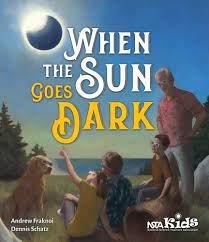
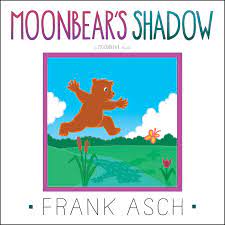
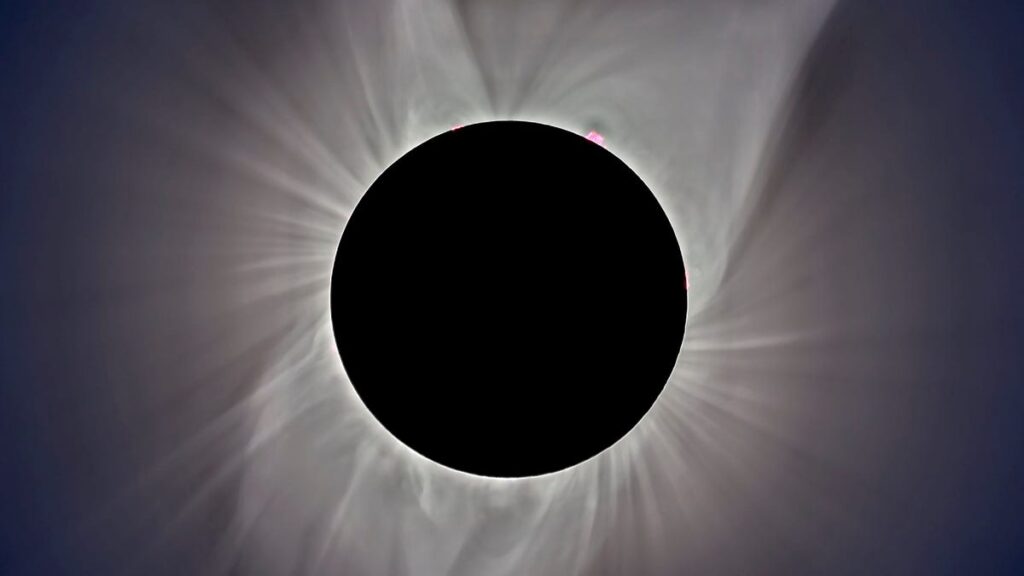



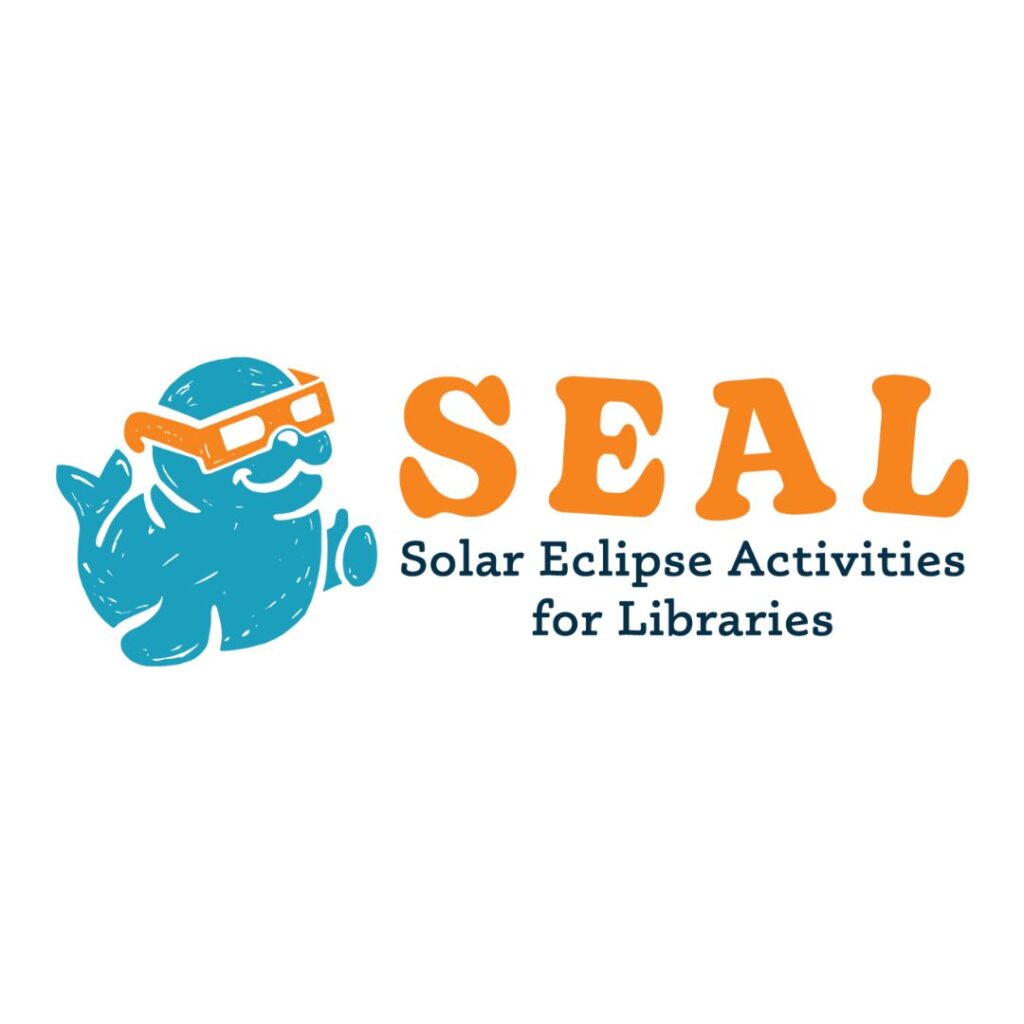
These are great activities! Sometimes harder to connect with younger patrons on eclipse programs, but these are aure to connect. I have found younger kids love the tactile qualities of the small 3D prints they can hold in their hands.
We did some creative movement with the little kids, using a dice we made that had faces to represent the sun, the moon, and an eclipse. We pretended to be the sun (spread out arms and legs like Star pose in yoga), and pretended to be the moon (we were crescent shapes, but now I would rethink that and have them hold their arms to make a smaller circle. When we rolled the eclipse, we would partner up and have the sun play peekaboo from behind the moon.